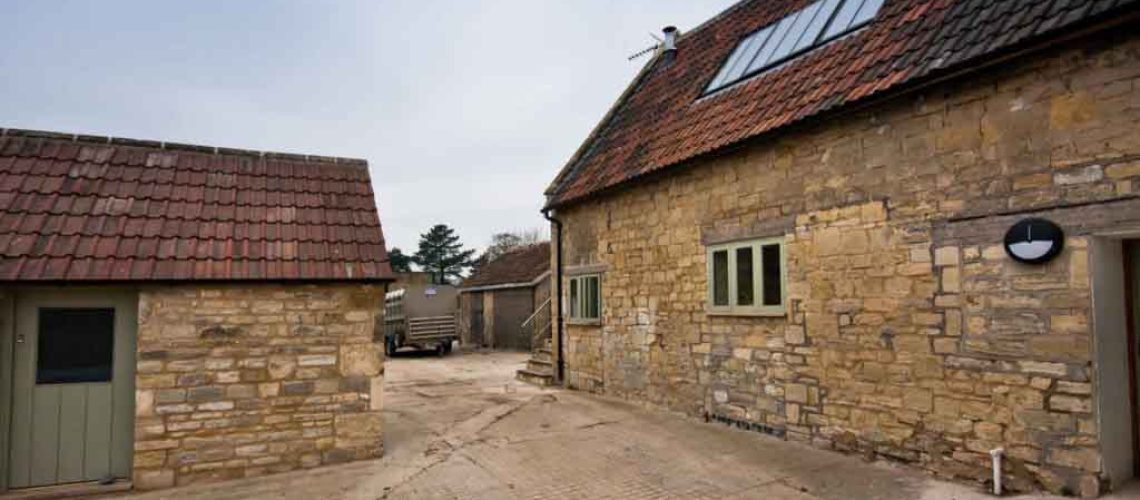


Owning a listed building is both a privilege and a responsibility. These architectural treasures form a vital part of the UK’s cultural and historical landscape, but they come with specific obligations. Whether your goal is to refresh interiors, extend outwards, or restore period features, understanding how to secure listed building consent is critical.
With a clear vision, robust heritage research, and the proper professional support, gaining approval for your changes becomes a manageable and rewarding process.
Before initiating any applications, start with a clear and concise brief. Are you planning internal modifications, such as rearranging layouts or upgrading infrastructure? Or do your plans involve external changes like building an extension, restoring period features, or modifying windows and doors?
Clarity at this stage ensures the process begins on solid ground. It enables architects and heritage consultants to prepare accurate, compliant plans and statements that meet statutory requirements. A well-defined brief also helps anticipate whether you’ll need listed building consent, planning permission, or both.
Once your brief is ready, collaborate with an architect who has experience working with listed buildings. Together, you will prepare:
• Architectural drawings of existing and proposed conditions
• A heritage impact assessment
• Supporting documents like digital heritage statements
These form the backbone of your listed building consent application. They demonstrate respect for the heritage aspects of the building and help authorities understand how proposed changes will preserve or enhance its historic character.

In the UK, listed building consent (LBC) is required for any work that affects the character of a listed building, whether internal or external. However, specific external changes—like extensions or new openings—also require planning permission.
It is common to submit both applications simultaneously to streamline the review process. LBC applications are free, but planning applications vary in cost depending on the type of property and nature of the changes.

Background research is essential. This includes:
• Consulting archives, books, and heritage registers
• Identifying significant architectural features
• Documenting materials, construction methods, and design elements
Digital heritage statements are now standard for many local authorities. These documents combine narrative descriptions and visual illustrations to explain how proposed changes affect the building’s character. High-quality research increases the likelihood of approval and demonstrates your commitment to preserving heritage.
Early communication with your local planning authority—particularly conservation officers or heritage teams—can be invaluable. These professionals can offer guidance, suggest alterations to improve compliance, and help shape a successful application.
By proactively involving them, you gain insights into how your plans are likely to be received and can adapt your application accordingly. This collaborative approach often results in a more straightforward, quicker consent process.
With all supporting documents in place—drawings, heritage research, statements—you’re ready to submit. Applications are usually made online via the Planning Portal or directly with your local council.
Your submission will be reviewed by planning and conservation officers, who may request clarifications, site visits, or further details. If your proposal meets guidelines and respects the building’s character, formal consent is granted, sometimes with specific conditions regarding materials or construction methods.
Once consent is granted, work can begin; however, implementation must strictly adhere to the approved plans. Use contractors familiar with conservation practices, source appropriate materials, and notify the council if required before starting work.
Keeping records, including photographs and material samples, ensures that your project remains compliant. Failure to meet listed building conditions can result in enforcement action, fines, or even criminal charges.

At Tuscan Foundry Products, we understand the complexity and responsibility of working with listed buildings. Our range of traditional cast iron gutters, pipes, and drainage systems is designed explicitly for heritage projects and conservation areas.
We provide:
Our products are frequently approved by conservation officers and specified in heritage statements due to their visual authenticity and long-term durability. Whether you’re repairing a Georgian roofline or updating Victorian drainage, our cast iron solutions ensure you remain compliant with listed building consent.
As one of the UK’s longest-established castings suppliers, we’re not just a supplier—we’re a trusted partner in preserving architectural heritage.
Designed by William Morris in 1859, The Red House underwent a discreet interior retrofit. Digital statements and heritage briefs helped secure consent, allowing modern services to be hidden without affecting the building’s aesthetics.
Fire-damaged in the 19th century, this grand Baroque Hall required intricate restoration of its plasterwork. Consent hinged on archival research and detailed conservation drawings.
Accessibility improvements—such as installing a lift—were approved after heritage consultants demonstrated that the proposed structural interventions would not damage the original features.
Modern performance facilities were added without compromising medieval timberwork. Close collaboration with conservation officers ensured a smooth consent process.
Listed building consent is not just a formality—it’s a commitment to preserving the architectural heritage that defines our cities and countryside. At Tuscan Foundry Products, we support your journey from concept to consent with traditional materials, expert advice, and conservation-compliant solutions. Whether you’re restoring, enhancing, or extending, we ensure your building remains a landmark of the past and the future.